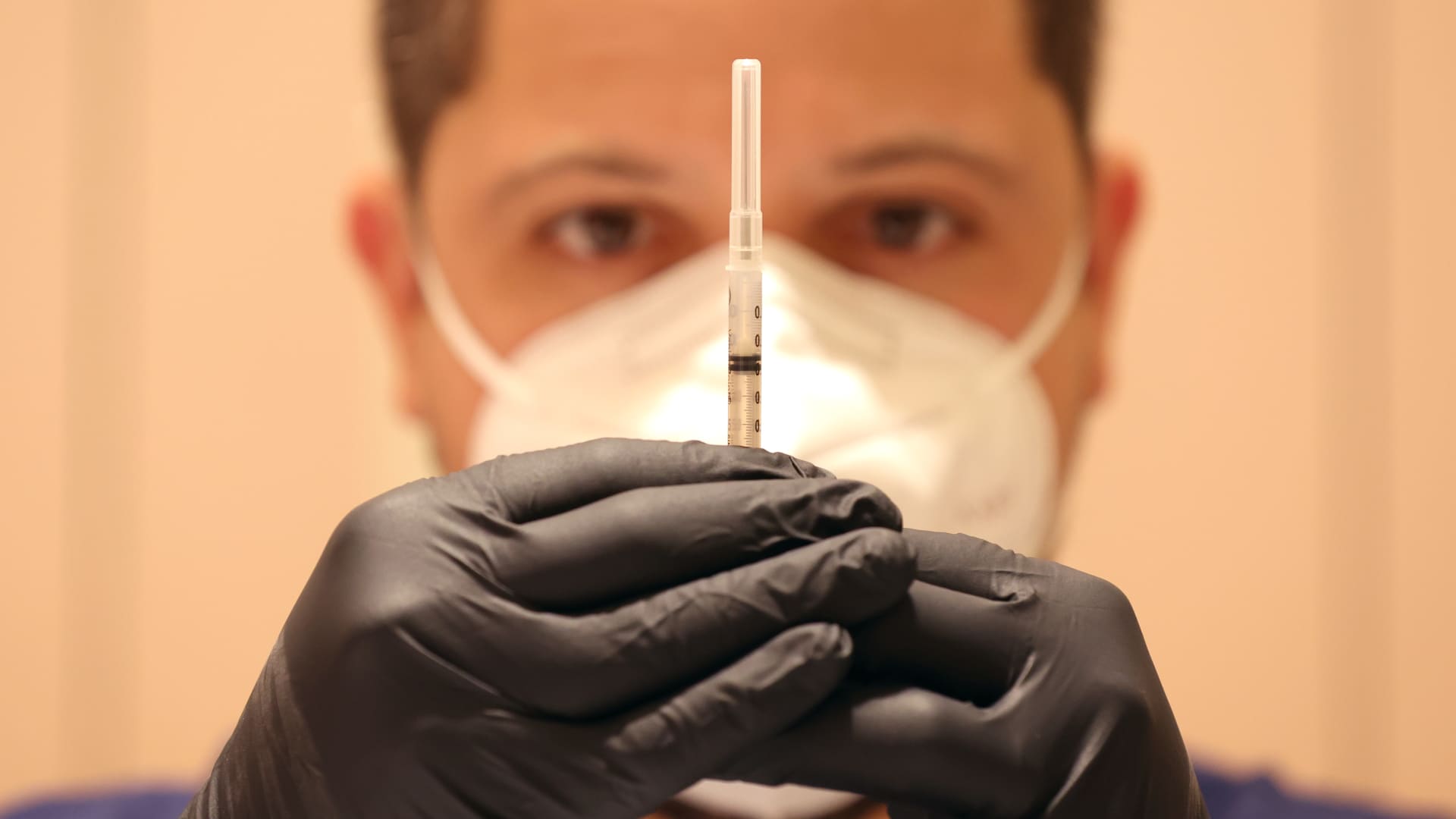
Justin Sullivan | Getty Images
The Food and Drug Administration has laid out a road map for what Covid-19 vaccination may look like moving forward.
In a briefing document published Monday, the FDA said the vaccines will probably need an annual update as the virus continues to evolve. The agency would select the Covid strain for the vaccine in the spring so the updated shots could roll out every September in time for a fall vaccination campaign.
Most people would receive one shot to restore their protection against the virus moving forward, according to the briefing document. This would apply to people who have been exposed to the virus’s spike protein at least twice, either through vaccination or infection.
But older adults and people with compromised immune systems may need two doses, according to the proposed vaccination schedule. Young children who have received only one shot previously would also get two doses.
The FDA released the road map ahead of a meeting of the agency’s independent vaccine experts scheduled for Thursday. The expert panel will vote on whether to make all Covid vaccines in the U.S. bivalent shots, meaning they protect against both the omicron BA.5 subvariant as well as the original strain of Covid discovered in Wuhan, China, in late 2019.
Currently, only Moderna’s and Pfizer’s booster doses target the omicron variant. If adopted, the primary series would also contain the omicron strain.
The proposed system for updating Covid vaccines resembles how the FDA selects flu shots every year. The agency said it could update and rollout the Covid vaccines without clinical data, which is also the case with the annual process to change the flu shot.
The Centers for Disease Control and Prevention on Thursday is also expected to provide more information about an investigation into what it has described as a “very unlikely” risk of stroke in seniors who received Pfizer’s omicron booster.
The CDC received preliminary safety concern data from its Vaccine Safety Datalink late last year. A subsequent review for four other major databases did not identify an increased risk for stroke, but the CDC investigation is ongoing.







